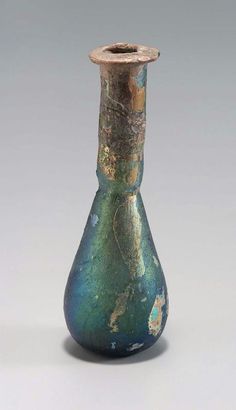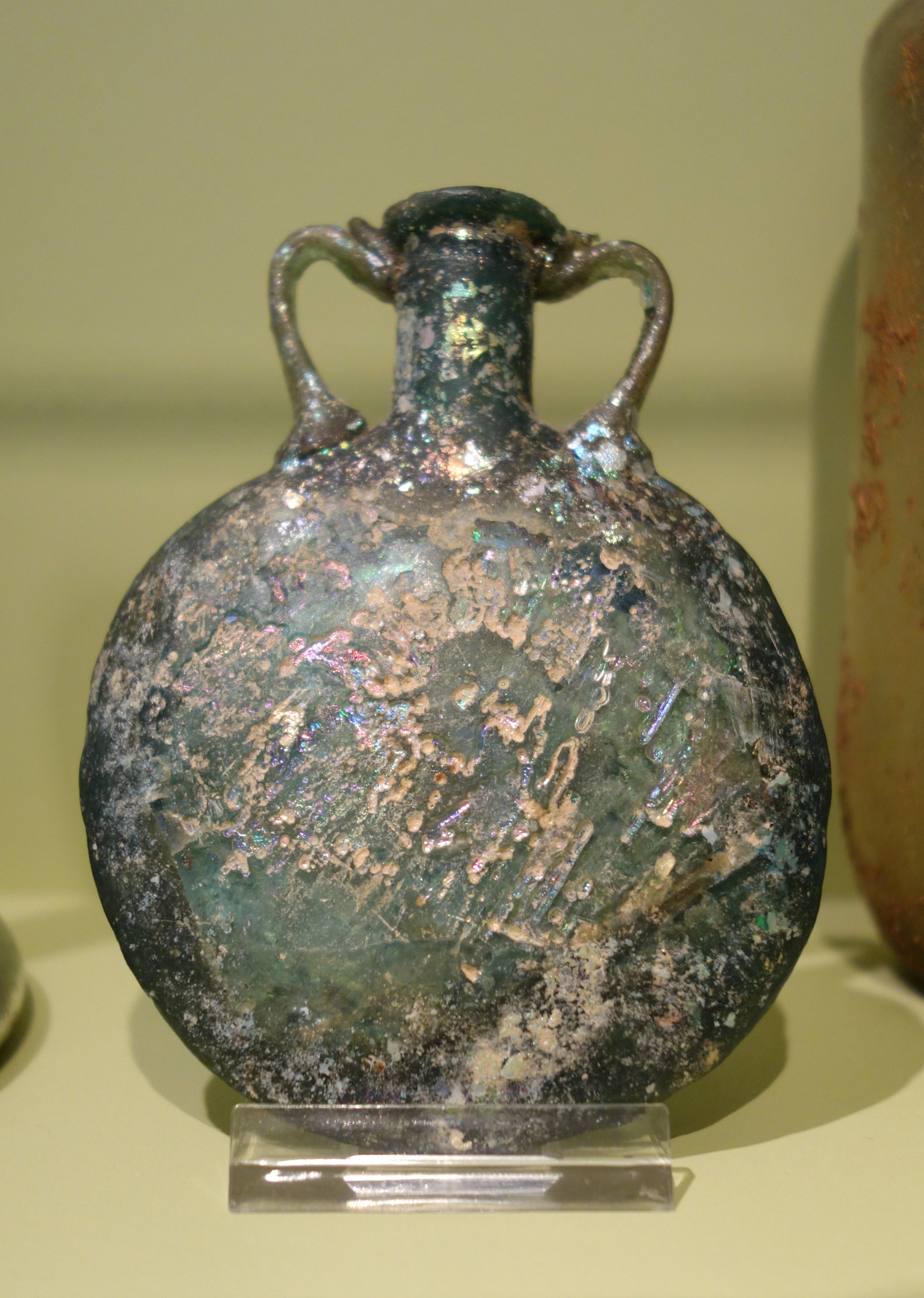It always makes my heart skip a beat when you round a corner in a museum and there you spot some totally unexpected delight. Usually it is something small, often unpretentious and yet sings of an artist's creativity and honesty.
Quite why I am drawn to such pieces of art, I am not sure, but when a piece speaks of creative integrity, any fellow artist warms to it. An artist knows that there is often serious effort, sometimes even struggle, to create a work. So you respect someone who has succeeded, who has created something special, something distinctive and of lasting value.
This week, at the Telfair Museum's Jepson Center, in Savannah, Georgia, I found a delicious trove of small, beautiful objects that sang. They were in a small exhibition, Allure of the Near East, lent by the Huntington Museum of Art. Amongst the many objects collected by Drs. Joseph B. and Omayma Touma and donated to the Huntington to further an understanding and appreciation of all the complex cultures in the Middle East was a small group of early Iranian and other glass vials, vases and bottles. I have always loved early glass, with the iridescence of time on the simple coloured forms. Many of the early ones that one meets in exhibitions are Roman, Iranian or Sassanian (which encompassed Iraq, Iran and central Asia) in origin, such as these illustrated below.
Canteen Flask,Mediterranean, Eastern, 3th century, 3rd-4th century glass. Overall: 3 3/4" x 2 7/8" x 7/8". (Image courtesy of the Huntington Museum of Art)
Unguentarium, Mediterranean, Eastern, 2nd to 3rd century glass (Image courtesy of the Huntington Museum of Art)
There were other delights, but perhaps, again, the simple ones stay in my mind's eye. One was a nineteenth century/early twentieth century hanging ceramic oil lamp, beautifully lit and displayed, reminded me of the stillness of time, the peace now so sadly absent from so many parts of the Middle East, and the humble integrity of that artist's creation.
Serendipity always rewards, I have decided. My Telfair visit reconfirmed this beautifully.






